One of the big concerns that people have expressed around moving to a Cloud based ERP solution is the threat of having their data held to ransom by their vendor for what ever reason or at the bare minimum, not having the choice to move to an alternate deployment model.
Just as a businesses strategy changes, the infrastructure needs and also the model of handling capital investment and operating expenses can change.
So todays great idea to go with a SaaS (pay as you use, Software as a Service) licensing approach, hosting your data in the cloud or going for an OnPremise solution may not always be the right one in the mid to longer term as the business ebbs and flows.
The answer is flexibility…making sure that you can choose any deployment model and have the choice to move or change as your business needs dictate.
With SaaS , the perceived ability to expense the costs as an operating expense may not always make sense nor does it always make sense to pay purely based on the number of users and choosing a location for your hosted solution can sometimes be fraught with peril as well as there is still a lot of pricing flexibility as we have seen with the latest round of pricing cuts from Infrastructure vendors such as Microsoft, Amazon and even Google making their entry in to the space.
At the bare minimum you’ll need to ask your vendor what are the options available to you, how do they price for resource consumption, how you can get your data back in house if needed and whether or not you can choose the location of your data from a hosting perspective.
Almost all of the major Cloud ERP vendors all have contractual and architectural lock ins and limitations rather that relying on traditional customer focused dimensions such as quality, flexibility, service levels and so on to justify you staying with them.
I would suggest that the time is right to consider alternative models that put you back in the drivers seat when it comes to determining the future of your data, how you use it, where you put it and how much you pay for it.
Those alternatives exist today if you look around and I suggest that its worthwhile to do so.











Get Social